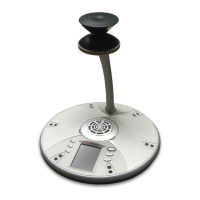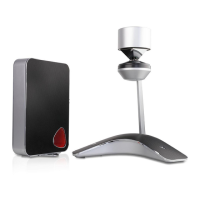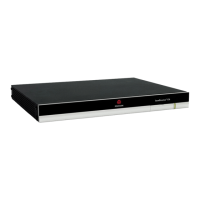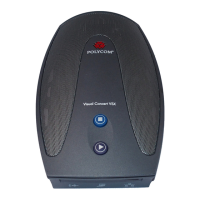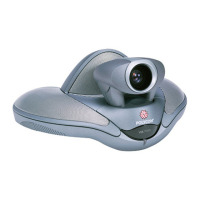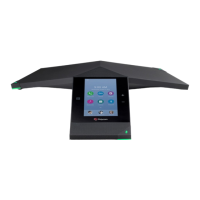Polycom CX5500 Unified Conference Station Administrator’s Guide 1.1.0
Polycom, Inc. 67
Call Log Elements and Attributes
Call direction with respect to the user.
Busy, Forwarded, Normal, Partial, Preempted,
Rejected, RemotelyHandled, Transferred
What happened to the call. When a call entry is first created, the disposition is set to Partial.
The line (or registration) index.
The start time of the call. For example: 2010-01-05T12:38:05 in local time.
The duration of the call, beginning when it is connected and ending when the call is terminated.
For example: PT1H10M59S.
The number of consecutive missed and abandoned calls from a call destination.
The original destination of the call.
For outgoing calls, this parameter designates the outgoing call destination; the name is initially supplied by the
local phone (from the name field of a local contact entry) but may later be updated via call signaling. This field
should be used for basic redial scenarios.
For incoming calls, the called destination identifies the requested party, which may be different than any of the
parties that are eventually connected (the destination may indicate a SIP URI which is different from any SIP URI
assigned to any lines on the phone).
The source of the call (caller ID from the call recipient’s perspective).
An array of connected parties in chronological order.
As a call progresses, the connected party at the far end may change, for example, if the far end transfers the call
to someone else. The connected element allows the progression of connected parties, when known, to be saved
for later use. All calls that contain a connected state must have at least one connection element created.
The final connected party of a call that has been forwarded or transferred to a third party.
